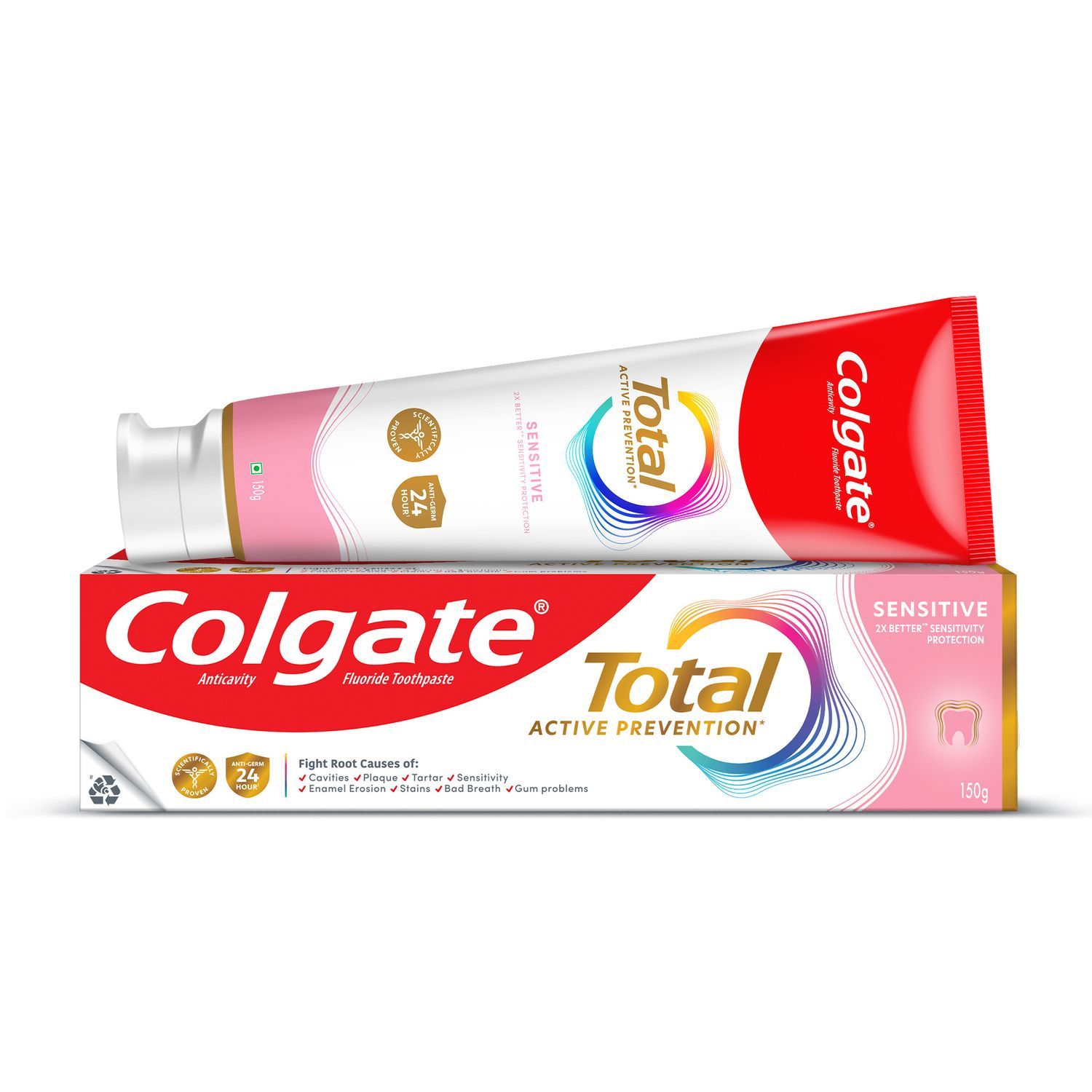Understanding more about periodontal pockets and how to manage them can help keep your gums healthy. Continue reading to learn what periodontal pockets are, how they form, the risks involved, the steps you can take for periodontal treatment, and the ways to prevent them.
What Are Periodontal Pockets?
When the distance between the gum tissue and the teeth starts to widen, it is a sign of gum disease. This separation can lead to the formation of deeper spaces around the teeth, known as periodontal pockets. These pockets occur when the gum tissue pulls away from the tooth's root surface, creating a gap. If left untreated, these gum pockets can worsen and potentially lead to tooth loss. In a healthy mouth, gum tissue snugly covers the bone, ligaments, and other connective tissues, holding the teeth firmly in place.
How Does a Periodontal Pocket Form?
When the bacteria in the mouth are not properly cleaned, it can lead to the buildup of plaque, a sticky biofilm, especially on the teeth and around the gum line. If not regularly cleaned through brushing and flossing, plaque can harden into tartar, which requires professional cleaning from a dentist or a dental hygienist to get removed. When left untreated, hardened tartar can cause inflammation in the gum tissue and lead to gingivitis, the early stage of gum disease.
Inflammation and swelling due to plaque and tartar can result in pocket formation between your gums and teeth. As it pulls away from your teeth, your inflamed gum tissue is now the perfect place for more plaque and tartar to hide, deepening the pocket and threatening the health of the bone around your teeth.
What Are The Risk Factors For Periodontal Pockets?
Several factors contribute to the likelihood of developing periodontal pockets and gum disease. Possible risk factors for periodontal pockets include:
Poor oral hygiene: Inadequate brushing and flossing allow plaque and tartar to accumulate, leading to gum inflammation and pocket formation. Regular dental check-ups and cleanings are essential to remove tartar and avoid early periodontal diseases.
Lifestyle choices: Smoking and using tobacco are major risk factors in the development and progression of periodontal disease. Stress and poor nutrition can also play a big role, as they make it more difficult to fight off infections, increasing the risk of periodontal disease.
Diseases: Health conditions like diabetes, cardiovascular disease, and other systemic diseases may increase the risk of developing gum disease and periodontal pockets. High blood sugar levels can make it hard for the body to manage bacterial infections and maintain healthy gums.
Medications: Some medications can affect oral health by reducing saliva production, resulting in dry mouth and bacterial growth on the gums and tongue. This can make it easier for dental plaque to build up and eventually form periodontal pockets.
Hormonal changes: Hormonal changes, such as those during pregnancy, menopause, or puberty, can make gums more sensitive and more likely to develop problems.
Genetics: Your genes can also affect your risk of developing periodontal pockets. Some people are more prone to gum problems due to their genetic connection.
How Are Periodontal Pockets Treated?
Suppose you notice any warning signs of gum disease, like persistent bad breath, bleeding gums, redness, swelling, or receding gum tissue. In that case, seeing a dental professional to examine your mouth and get a personalised treatment plan is crucial. Beyond just a visual check, they will measure the pocket depth around your teeth using a periodontal probe. This helps them assess whether periodontal disease is present and how far it has progressed.
The treatment of periodontal pockets largely depends on how deep they are. It aims at reducing the depth of the pockets and restoring gum health. Below are some of the treatment options available:
Scaling and root planing: If you have multiple pockets, your dentist may recommend a deep dental cleaning process called scaling and root planing. This procedure involves thoroughly cleaning the teeth and the root surfaces to remove tartar buildup from the teeth and the root surfaces and to help the gums reattach more tightly to the teeth.
Flap surgery: If non-surgical treatments are insufficient to reduce pocket depth, surgery might be necessary. One common surgical option is flap surgery, where the gums are lifted back to allow for a deeper cleaning around the tooth roots and to minimise the pocket size.
Gum graft surgery: Also known as tissue grafting, this surgery is performed to prevent the gums from receding further from the tooth surface, protect against bone loss, and reduce tooth sensitivity. In this procedure, a periodontist takes gum tissue from the roof of your mouth or another source and uses it to cover exposed tooth roots.
Regenerative procedures: In more severe cases where you have deep pockets, tissue regeneration procedures may be required. This could include bone grafts, tissue-stimulating proteins, or membranes to encourage the regrowth of bone and gum tissue damaged by gum disease.
How To Prevent Periodontal Pockets?
Periodontal disease is highly preventable. You can significantly reduce the risk of developing periodontal pockets by keeping up with regular dental visits and maintaining a consistent oral care routine at home. Healthy gums typically have shallow pockets, ranging from one to three millimetres in depth, making them easier to clean. Here is how you can keep your gum pockets shallow and easy to clean:
Brush twice a day: Use a soft-bristled toothbrush and fluoride toothpaste to clean your teeth twice a day, brushing carefully around your gum line where plaque tends to accumulate.
For instance, if you want a toothpaste that addresses all dental concerns, you may opt for Colgate Total Advanced Health Toothpaste. It fights bacteria not just on teeth but also on the tongue, cheeks, and gums, ensuring 12-hour protection against bad breath. The Dual Zinc + Arginine technology forms a protective, anti-germ barrier, protecting your teeth.
Replace your toothbrush: Change your toothbrush every three to four months, or when you see the bristles start to wear.
Use tartar-control toothpaste: If your mouth tends to accumulate tartar quickly, consider using a toothpaste specifically designed to control tartar buildup.
Clean between your teeth daily: Cleaning between teeth is as important as brushing. Use floss, a water flosser, or other interdental cleaning tools to prevent gum disease.
Follow professional advice: Follow your dentist's recommendations for professional cleanings and periodontal disease treatment. After treating a severe case of periodontal pockets, they might suggest more frequent cleanings.
Diagnosing and treating periodontal disease in its early stages can eliminate unhealthy periodontal pockets. Treatment will restrain its effect before it progresses to severe bone loss. Maintaining good oral hygiene is essential for maintaining your periodontal health and preventing the formation of periodontal pockets. Regular brushing, flossing, and dental check-ups are your best defence against gum disease.
Frequently Asked Questions
1. Are gum pockets serious?
Yes, gum pockets can be serious if you have deeper pockets. If left untreated, they can lead to advanced periodontal disease and even tooth loss. So it is important to address them early and get the right treatment for periodontal pockets before they worsen.
2. Can periodontal pockets heal themselves?
To heal periodontal pockets, remove all plaque and tartar buildup from your teeth and under your gums. While you can reduce plaque with good oral hygiene, tartar requires professional cleaning as it is hardened and cannot be removed at home.
3. How to check gum pockets at home?
To check for gum pockets at home, gently use a tiny ruler called a dental probe between your gums and teeth. You may also look for deep spaces, bleeding, or gum recession signs. However, it is best to see a dental professional for accurate measurement and diagnosis.
4. How to shrink gum pockets naturally?
Gum pockets may shrink if you maintain a regular oral hygiene routine by brushing twice daily and flossing regularly. Rinsing with an antimicrobial mouthwash may also help reduce inflammation and support gum health. However, for treating periodontal pockets that are deeper, professional treatment is recommended.
This article is intended to promote understanding of and knowledge about general oral health topics. It is not intended to be a substitute for professional advice, diagnosis or treatment. Always seek the advice of your dentist or other qualified healthcare provider with any questions you may have regarding a medical condition or treatment.
ORAL HEALTH QUIZ
What's behind your smile?
Take our Oral Health assessment to get the most from your oral care routine
ORAL HEALTH QUIZ
What's behind your smile?
Take our Oral Health assessment to get the most from your oral care routine













